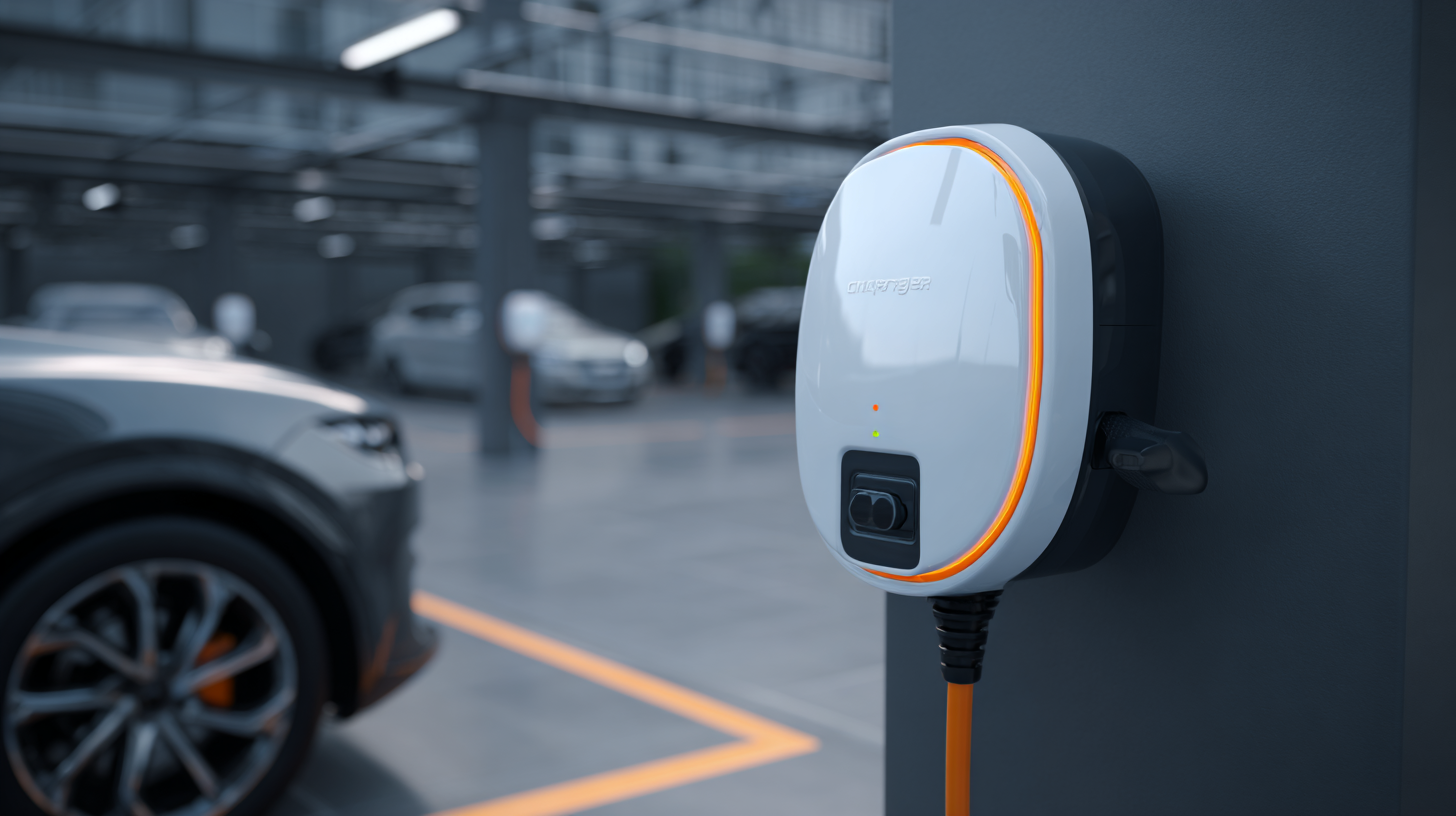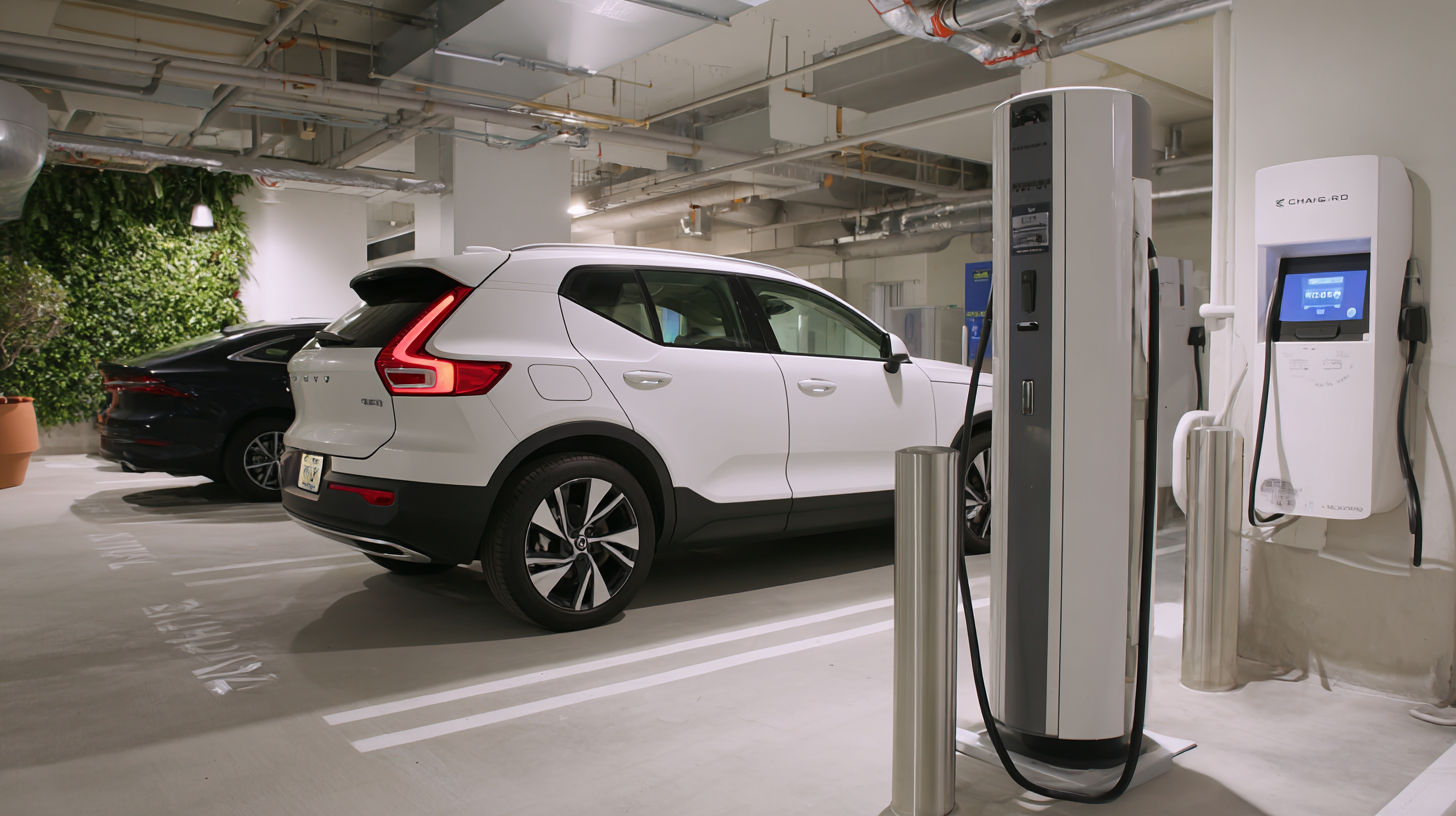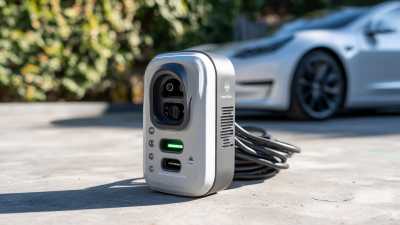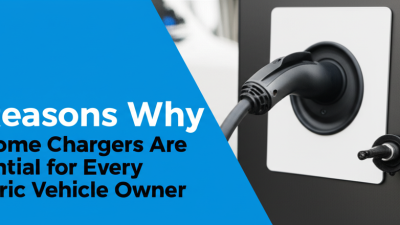As the world increasingly shifts towards sustainable transportation, the Charge Point Ev Charger stands at the forefront of this transformative movement. This innovative charging solution not only supports electric vehicles but also embraces a broader commitment to reducing carbon emissions and promoting renewable energy sources.
 With the rise of electric vehicles, the need for efficient and accessible charging infrastructure becomes paramount. The Charge Point Ev Charger offers a glimpse into the future of sustainable driving, providing an essential service that enables drivers to recharge their vehicles conveniently while contributing to a greener planet. In this exploration, we will delve into the various types of Charge Point Ev Chargers available, their technological advancements, and their impact on enhancing the user experience, ultimately paving the way for a more sustainable and eco-friendly driving experience.
With the rise of electric vehicles, the need for efficient and accessible charging infrastructure becomes paramount. The Charge Point Ev Charger offers a glimpse into the future of sustainable driving, providing an essential service that enables drivers to recharge their vehicles conveniently while contributing to a greener planet. In this exploration, we will delve into the various types of Charge Point Ev Chargers available, their technological advancements, and their impact on enhancing the user experience, ultimately paving the way for a more sustainable and eco-friendly driving experience.
The rise of electric vehicles (EVs) is transforming the automotive landscape, largely driven by advancements in technology and growing environmental awareness. As more consumers recognize the benefits of EVs, such as reduced emissions and lower operating costs, the demand for electric cars continues to rise. According to recent market trends, the adoption rate of electric vehicles has escalated exponentially, with major automakers committing to electric lineups in the coming years. This shift not only reflects changing consumer preferences but also the automotive industry's response to global sustainability goals.
Integral to this transformation is the expansion of charging infrastructure, particularly through innovative solutions like Charge Point EV chargers. As the number of electric vehicles increases, the need for reliable and accessible charging stations becomes paramount. Charge Point stands out by offering a network of fast-charging options, ensuring that EV drivers can charge their vehicles conveniently at various locations. This accessibility helps to alleviate range anxiety, making EVs a more attractive option for potential buyers. The intertwined growth of electric vehicles and charging solutions paves the way for a more sustainable driving future, promoting a cleaner and greener environment for generations to come.

The rapid evolution of electric vehicle (EV) technology is significantly transforming the landscape of sustainable driving, particularly with innovations in Charge Point EV chargers. According to a report by the International Energy Agency (IEA), the number of public charging stations worldwide surpassed 2.3 million in 2021, with projections to triple by 2030. This surge is driven by technological advancements such as fast-charging capabilities, allowing drivers to recharge their vehicles in a fraction of the time compared to traditional chargers. For instance, the latest Charge Point stations can provide up to 350 kW of power, enabling a mere 15-minute charge to add over 200 miles of range.
Moreover, integration of smart technology is transforming user experiences. Features such as smartphone connectivity, real-time availability updates, and advanced payment options are now essential for modern EV chargers. According to a study by McKinsey, 60% of EV owners express a preference for chargers that offer smart charging features, highlighting the growing demand for technology-driven solutions.
**Tips:** When selecting a Charge Point EV charger, consider its charging speed and compatibility with your vehicle model. Additionally, check for features like user-friendly apps or contactless payment options, which can enhance your charging experience significantly. Always stay informed about new developments in charging technology to maximize the benefits of your EV.
The future of sustainable driving is heavily intertwined with innovative charging solutions that offer enhanced user experiences. A key area of focus is the Vehicle-to-Home (V2H) power system market, projected to grow from $93.58 million in 2024 to an impressive $532.59 million by 2032, representing a robust compound annual growth rate (CAGR) of 24.28%. Such growth is indicative of the increasing integration of smart technology in electric vehicle (EV) charging, enabling seamless energy management that benefits homeowners and supports grid stability.
Moreover, the wireless electric vehicle charging market is also gaining traction, focusing on the development of inductive or resonant charging systems that eliminate the need for physical connectors. This market encompasses essential hardware components such as charging pads, power control units, and vehicle receivers, providing a convenient and efficient charging experience. As these smart solutions are deployed, they pave the way for a transformative shift in how EVs are powered, moving towards a more sustainable and user-friendly approach to electric mobility. The integration of intelligent systems will not only optimize charging times but also enhance the overall driving experience, making sustainable driving more accessible for everyone.
The role of renewable energy in sustainable driving is pivotal as electric vehicles (EVs) become a staple on our roads. According to the International Energy Agency (IEA), the global electric vehicle stock surpassed 10 million in 2020, a figure projected to reach over 145 million by 2030 if ambitious policies are implemented. This shift highlights the increasing demand for clean energy solutions, as the environmental benefits of EVs are only realized when they are charged with renewable sources. Solar, wind, and hydroelectric power provide the clean energy needed to significantly reduce the carbon footprint associated with traditional driving.
Tips for maximizing the benefits of your EV charging:
1. Utilize home solar panels where possible to power your charger, ensuring your driving is as green as it gets.
2. Check local utilities for green energy programs that allow consumers to source renewable energy for charging.
The integration of renewable energy not only enhances the sustainability of electric driving but also enhances energy security and reduces reliance on fossil fuels. As Charge Point EV chargers become more prevalent, leveraging renewable energy sources can play a crucial role in achieving a cleaner and more sustainable transportation landscape. According to research from BloombergNEF, it is expected that by 2040, 58% of all light-duty vehicle sales will be electric, further underscoring the necessity of a robust renewable energy infrastructure to support this transition.
| Year | EV Chargers Installed | Renewable Energy Contribution (%) | Estimated CO2 Emissions Reduced (tons) | Percentage of EV in Total Vehicle Sales (%) |
|---|---|---|---|---|
| 2023 | 150,000 | 35 | 500,000 | 10 |
| 2024 | 250,000 | 40 | 1,200,000 | 15 |
| 2025 | 400,000 | 45 | 2,000,000 | 20 |
| 2026 | 600,000 | 50 | 3,000,000 | 25 |
| 2027 | 900,000 | 55 | 4,000,000 | 30 |
The landscape of electric vehicle (EV) adoption is significantly influenced by government policies, which can either accelerate or hinder market growth. As more regions implement favorable regulations and incentives for EVs, the infrastructure surrounding them, particularly charging points, will expand. The North American electric vehicle market is projected to grow substantially, bolstered by policies promoting sustainable transportation.

However, recent decisions, such as the ban on military procurement of electric vehicles, can create ripple effects across the industry. This shift may not only impact government fleets but could also affect the overall viability of local manufacturers and the broader supply chain. In this context, ensuring robust charging infrastructure becomes essential for maintaining consumer confidence and encouraging adoption.
Tips: For individuals interested in transitioning to electric vehicles, staying updated on local government incentives can be beneficial. Additionally, consider the availability and accessibility of charging stations in your area when choosing a vehicle. Keeping informed about any regulatory changes will help you make better decisions for sustainable driving.














